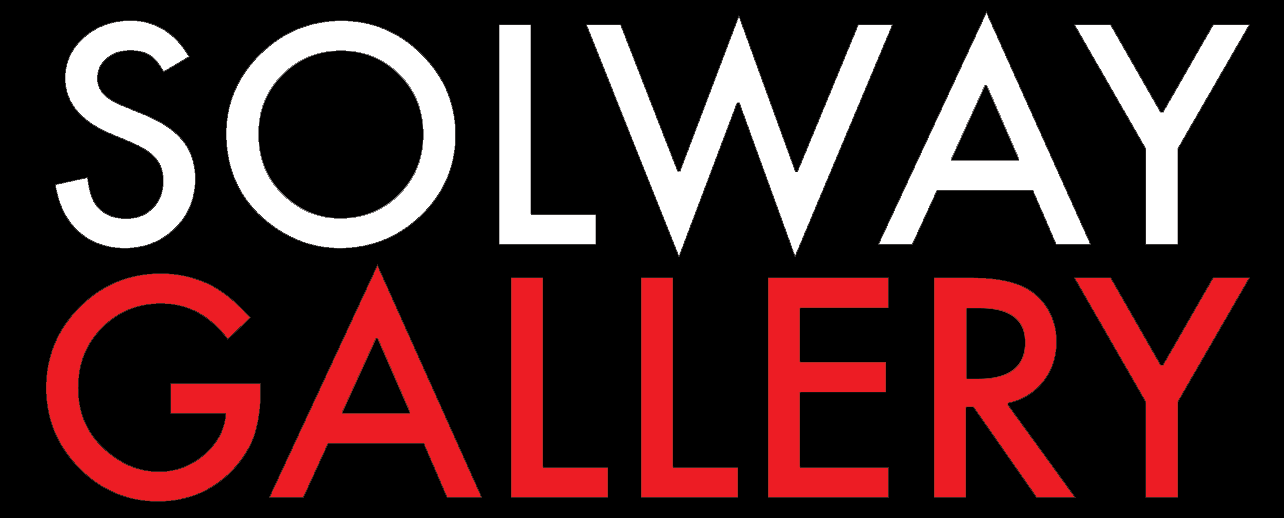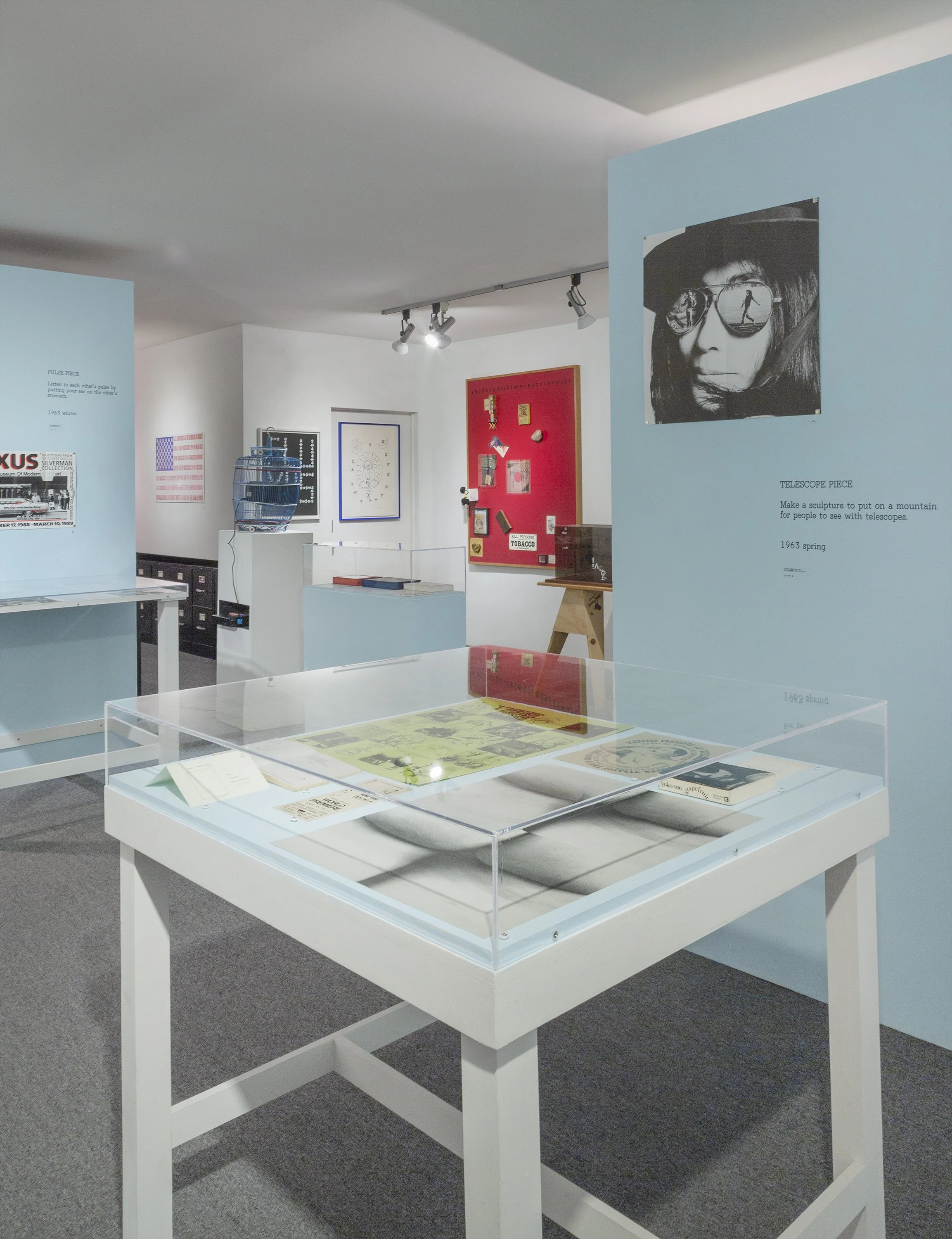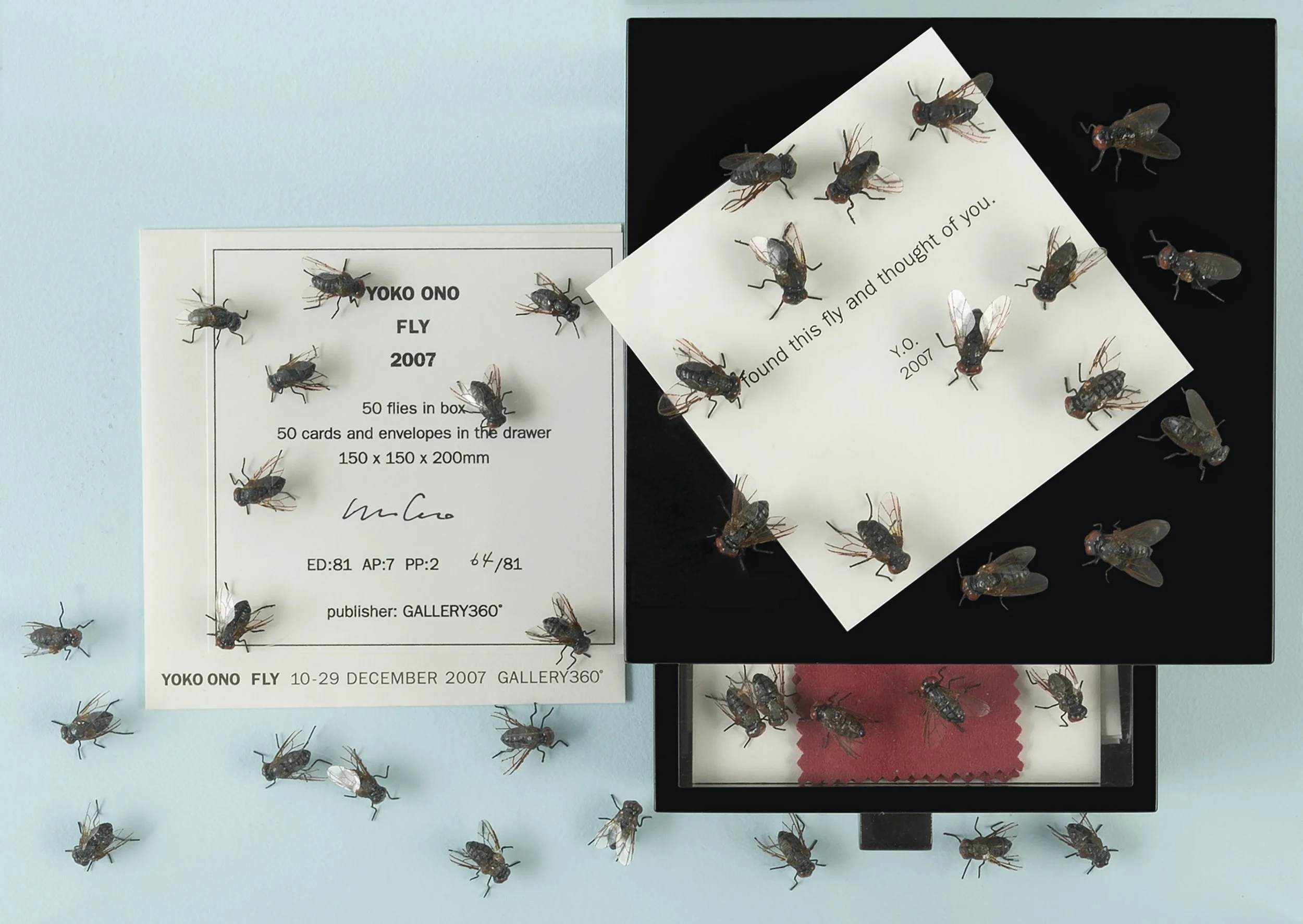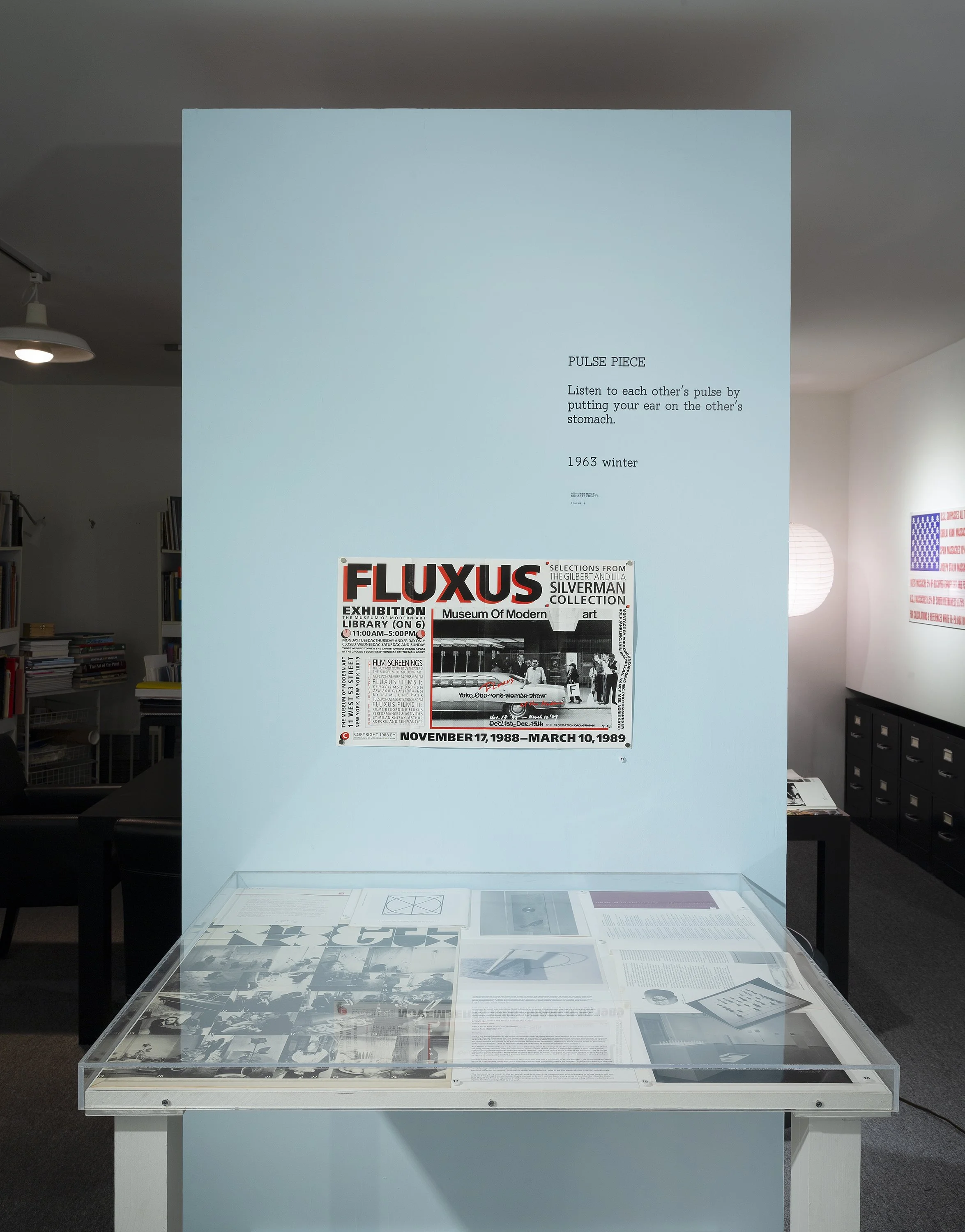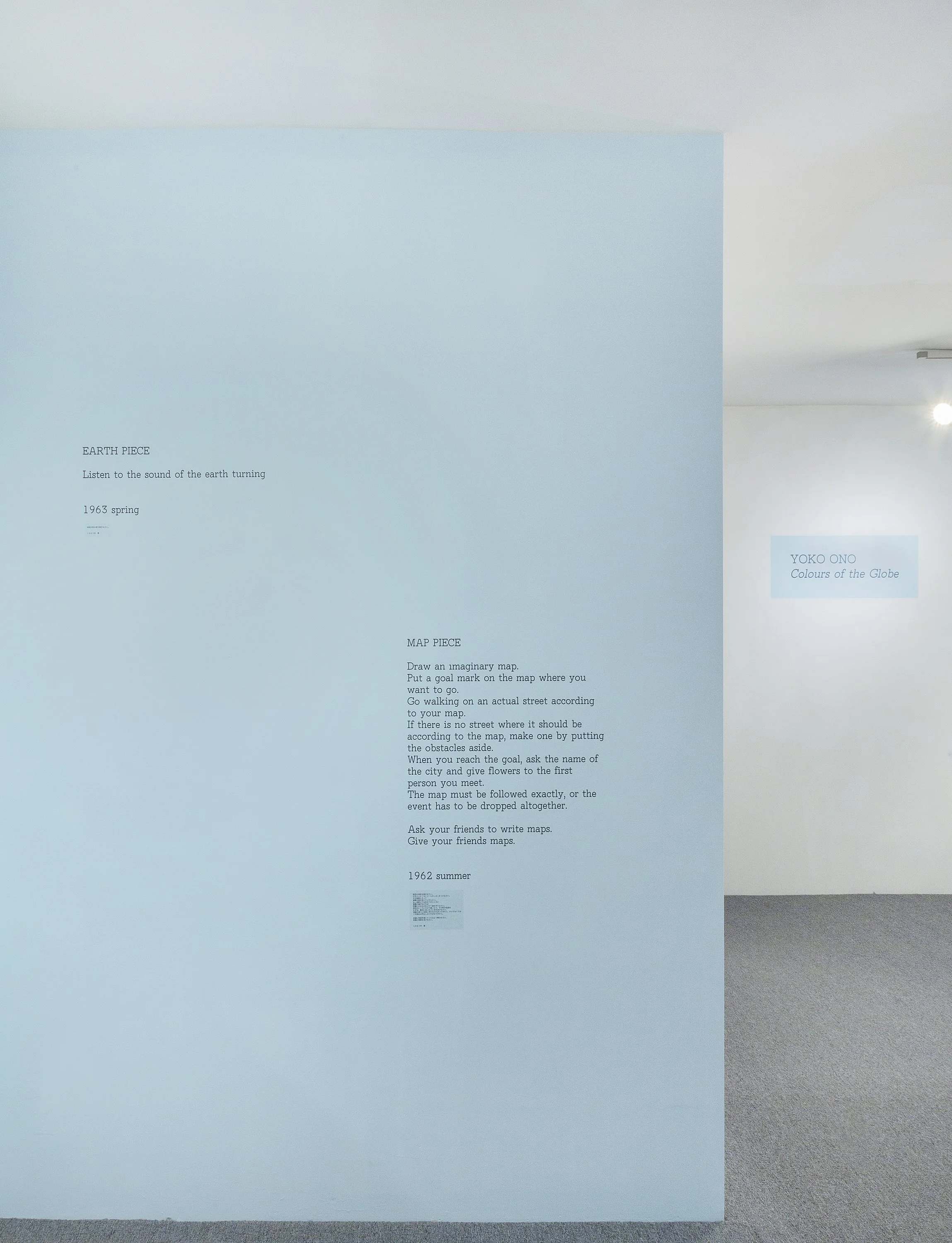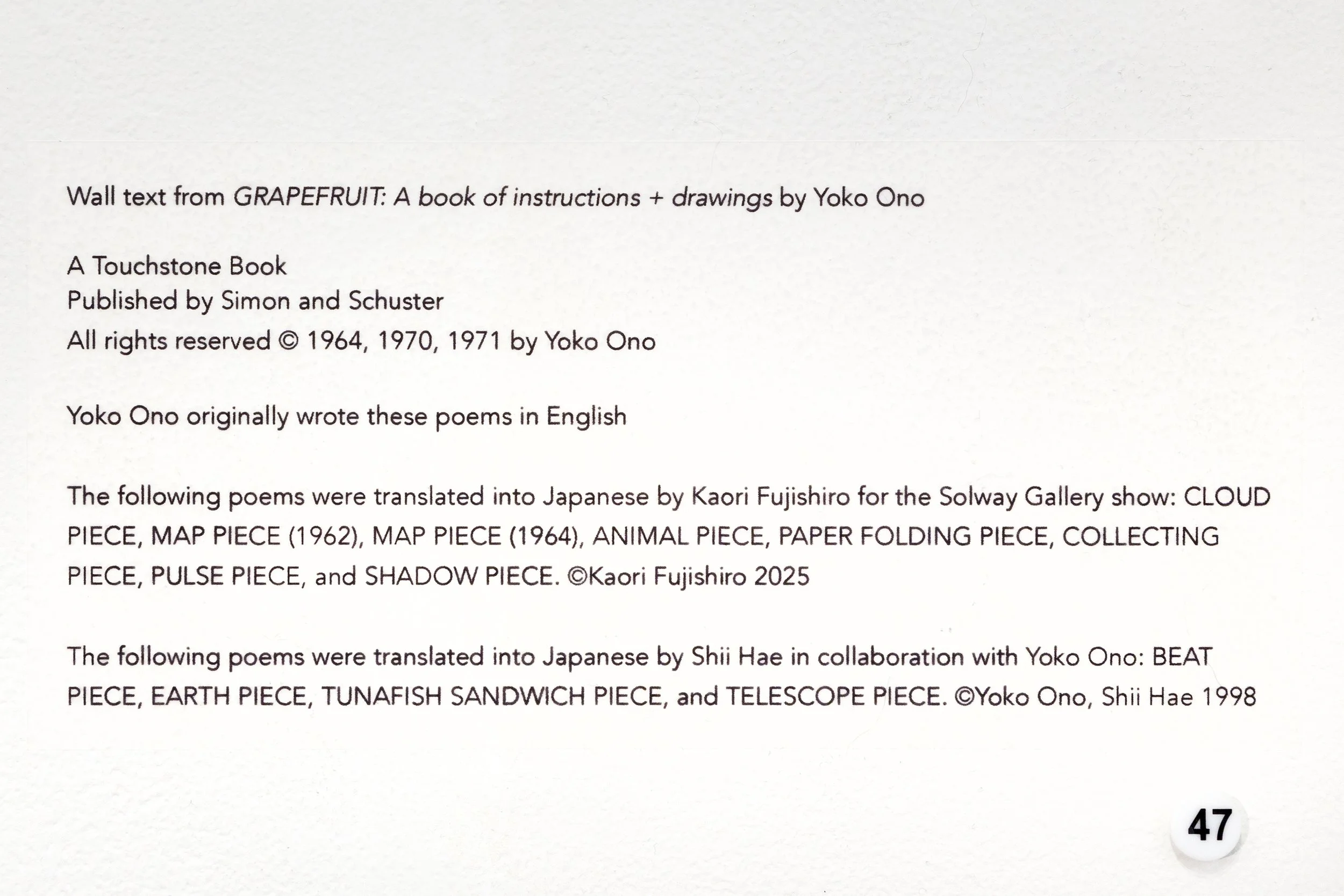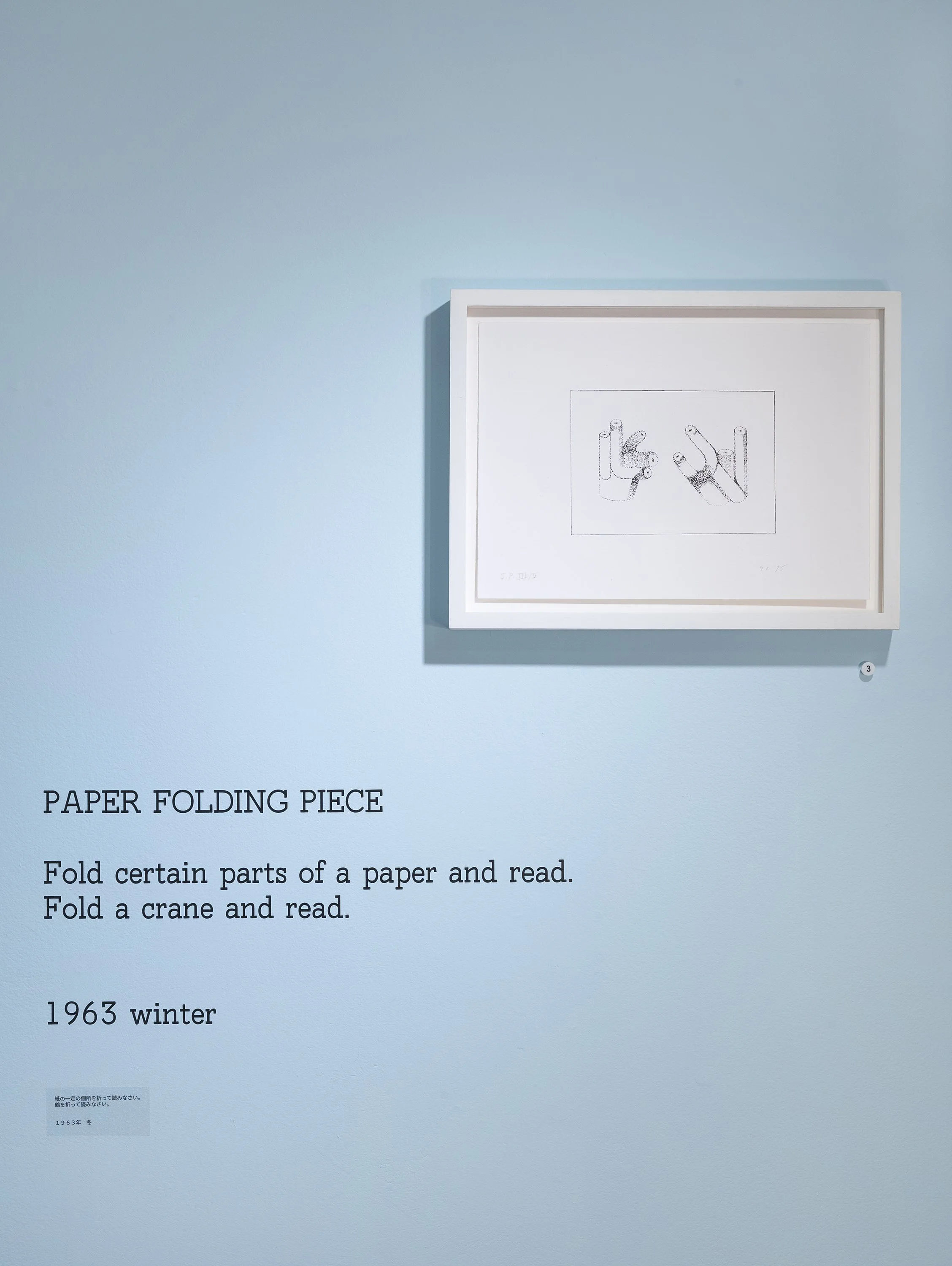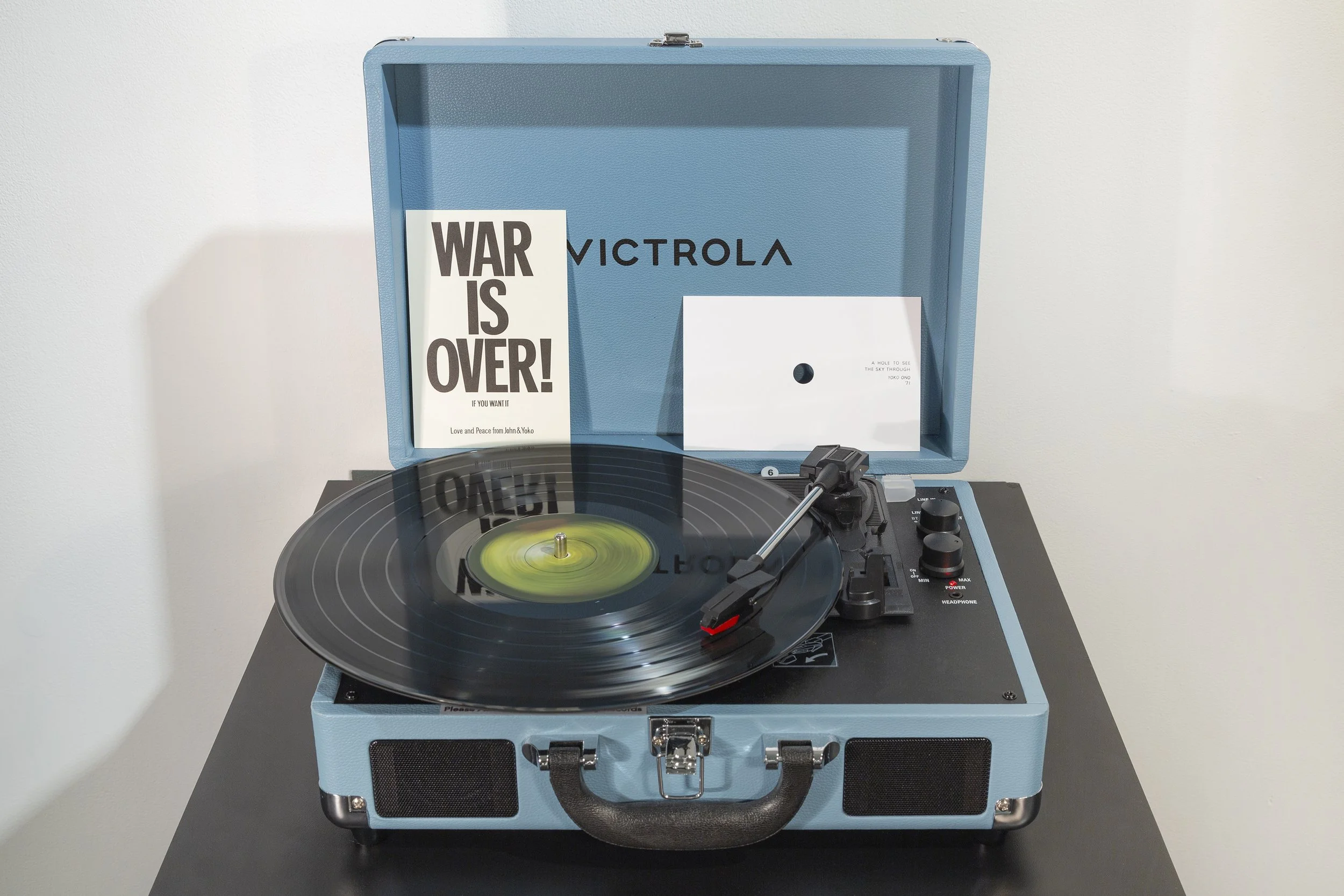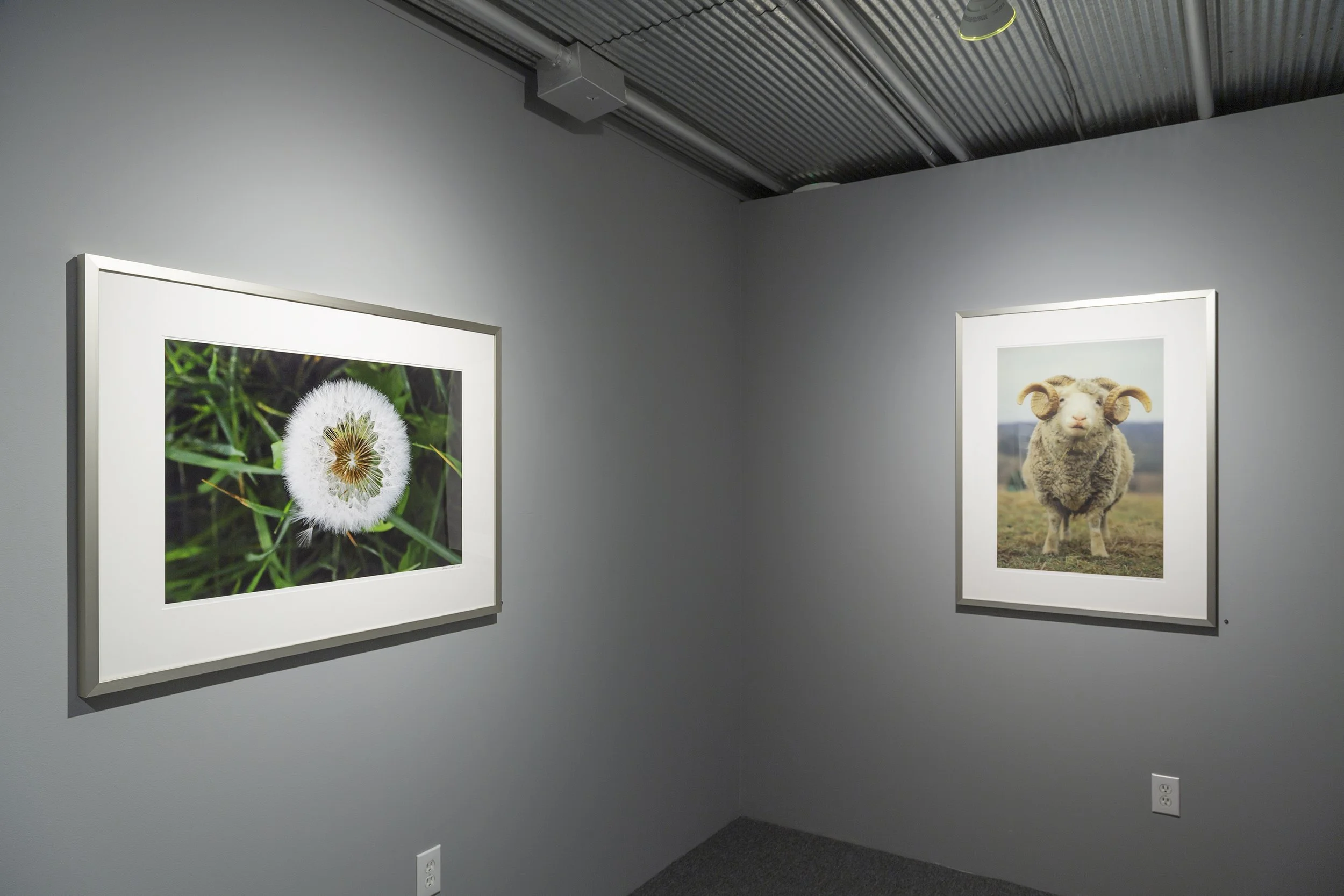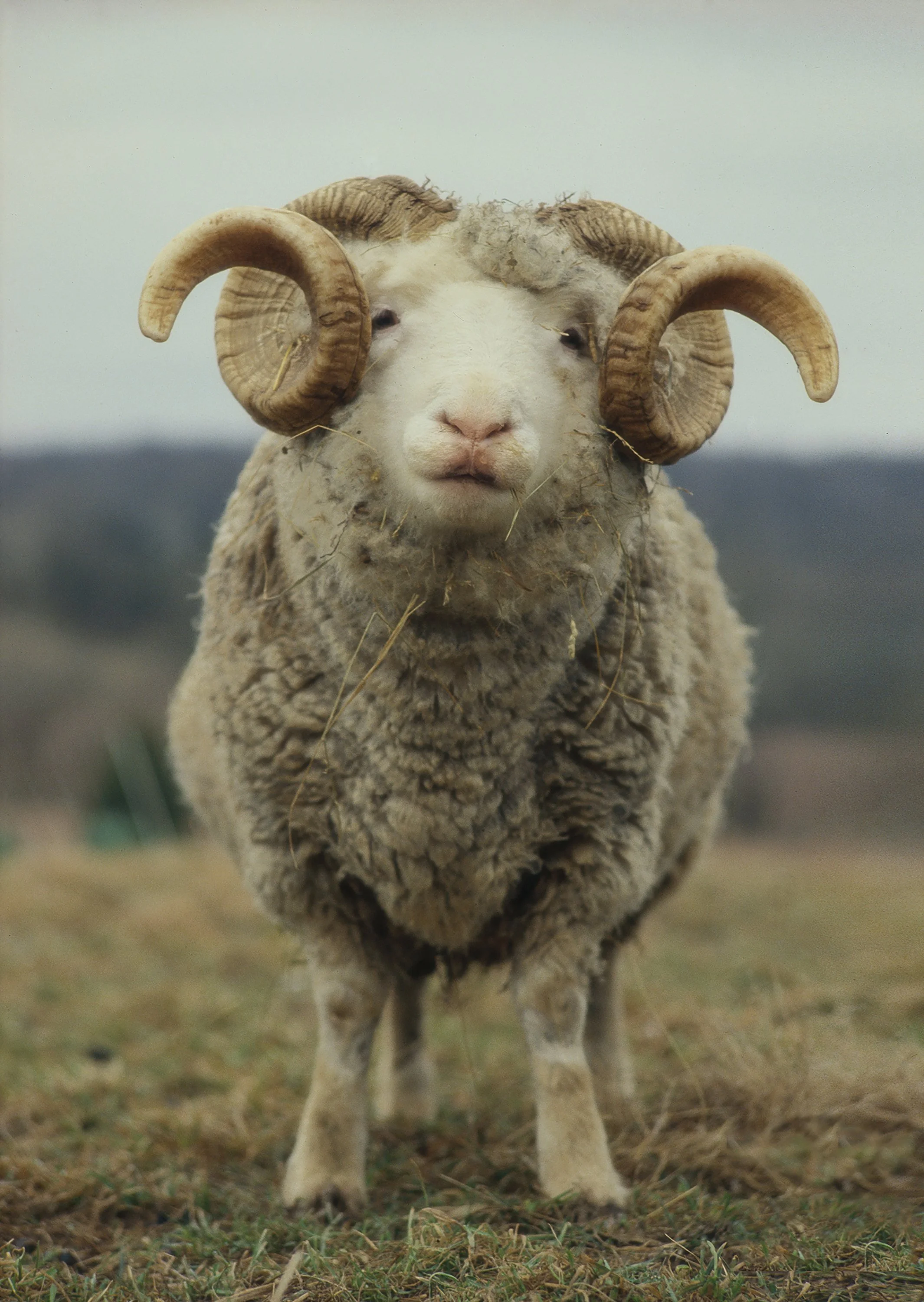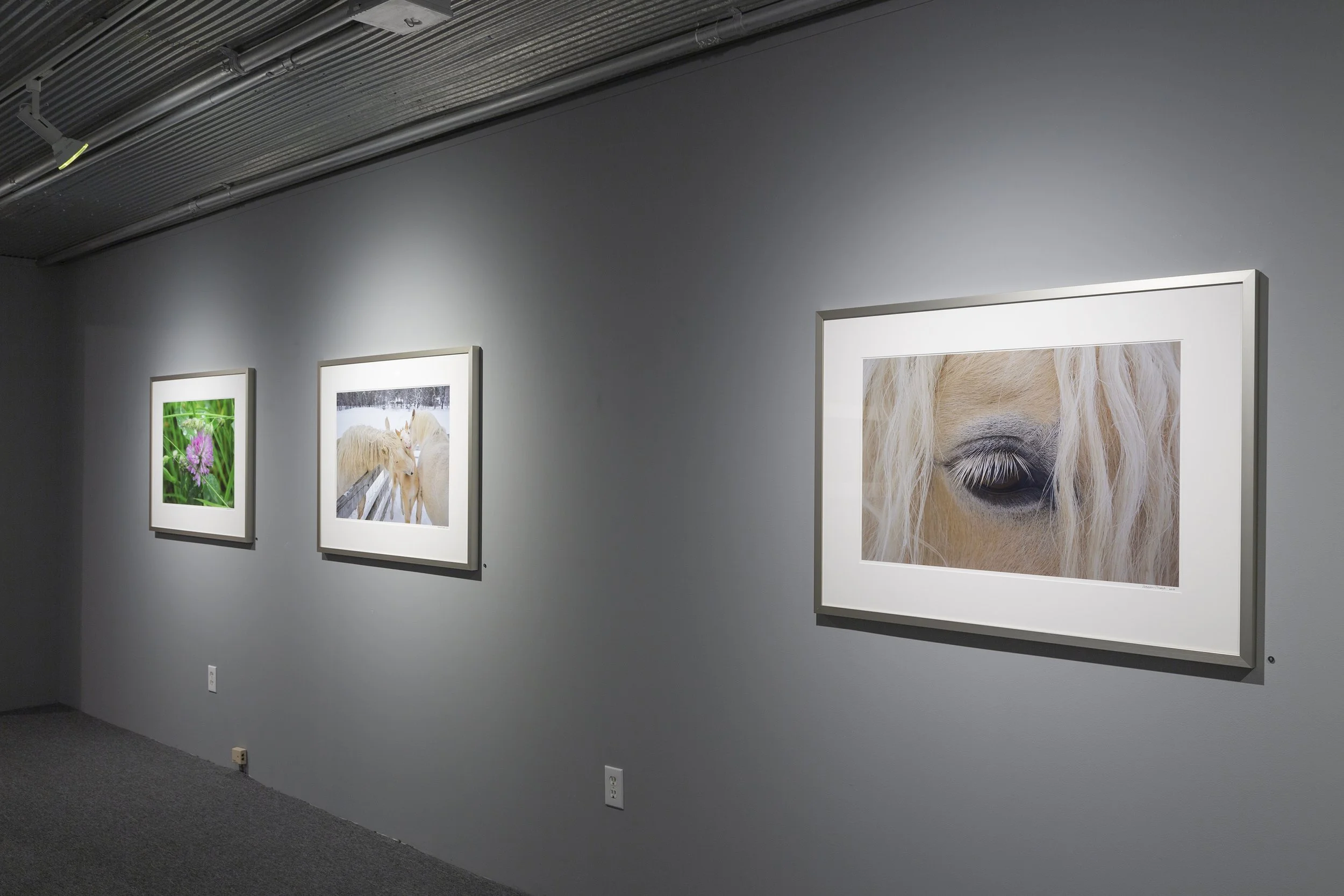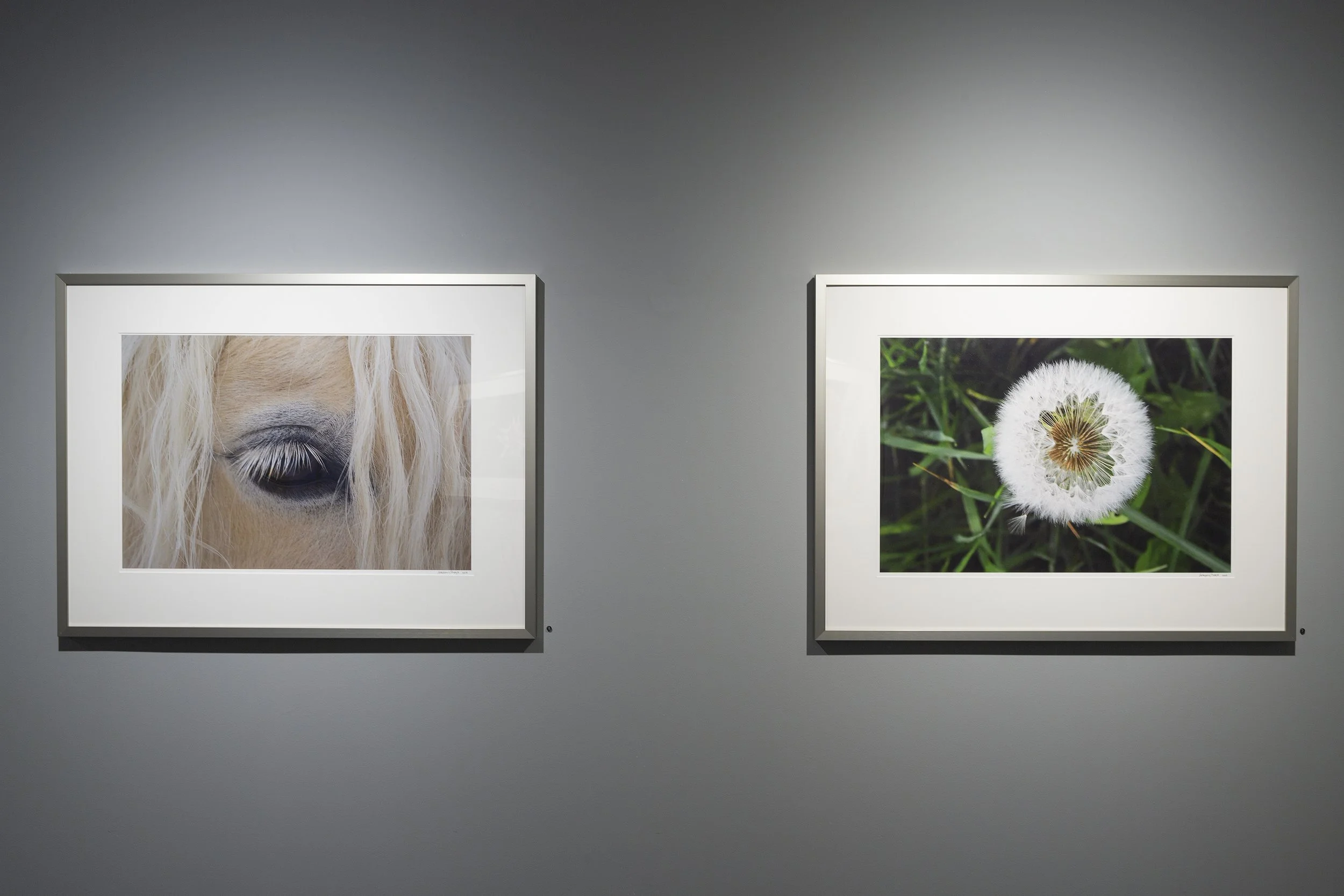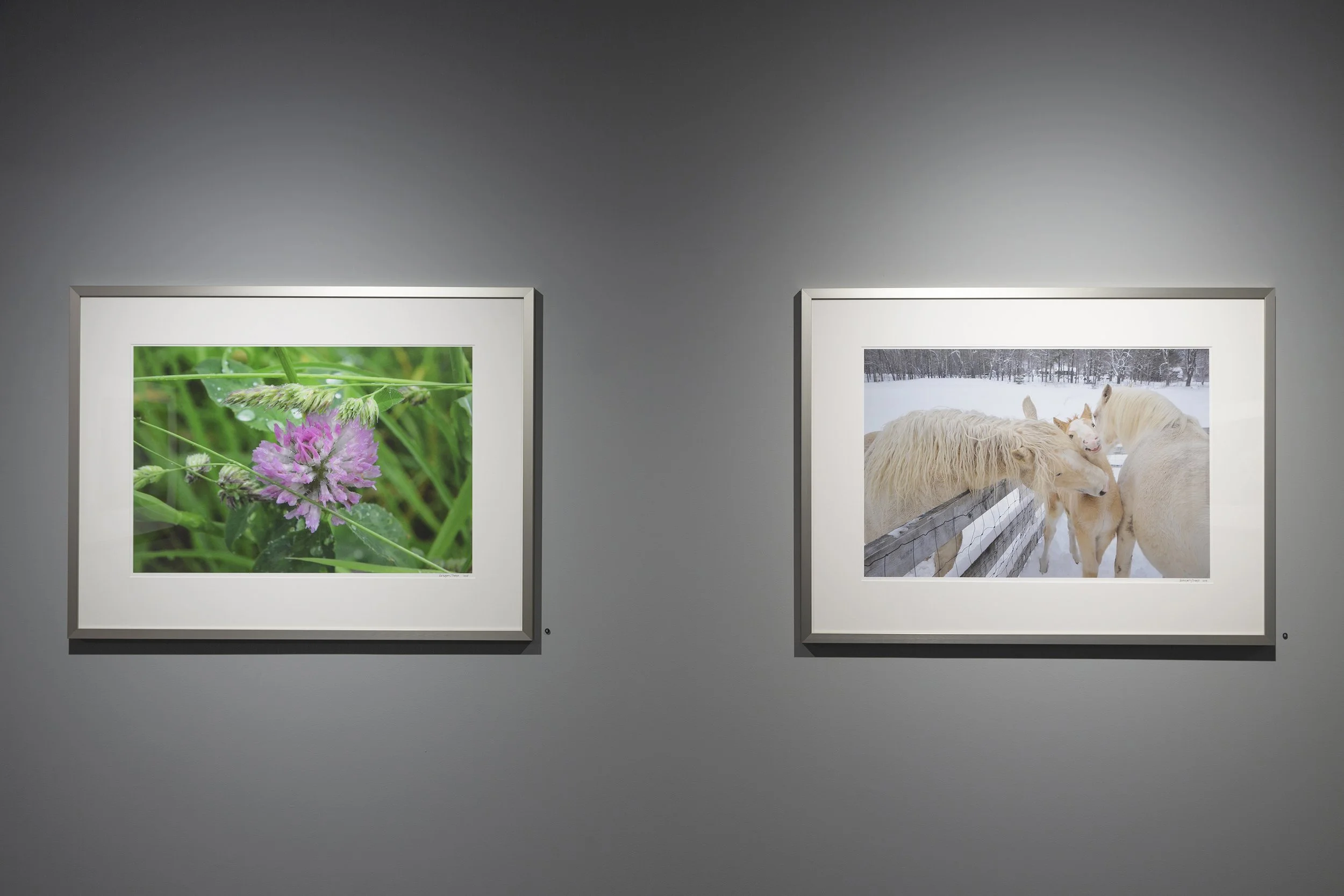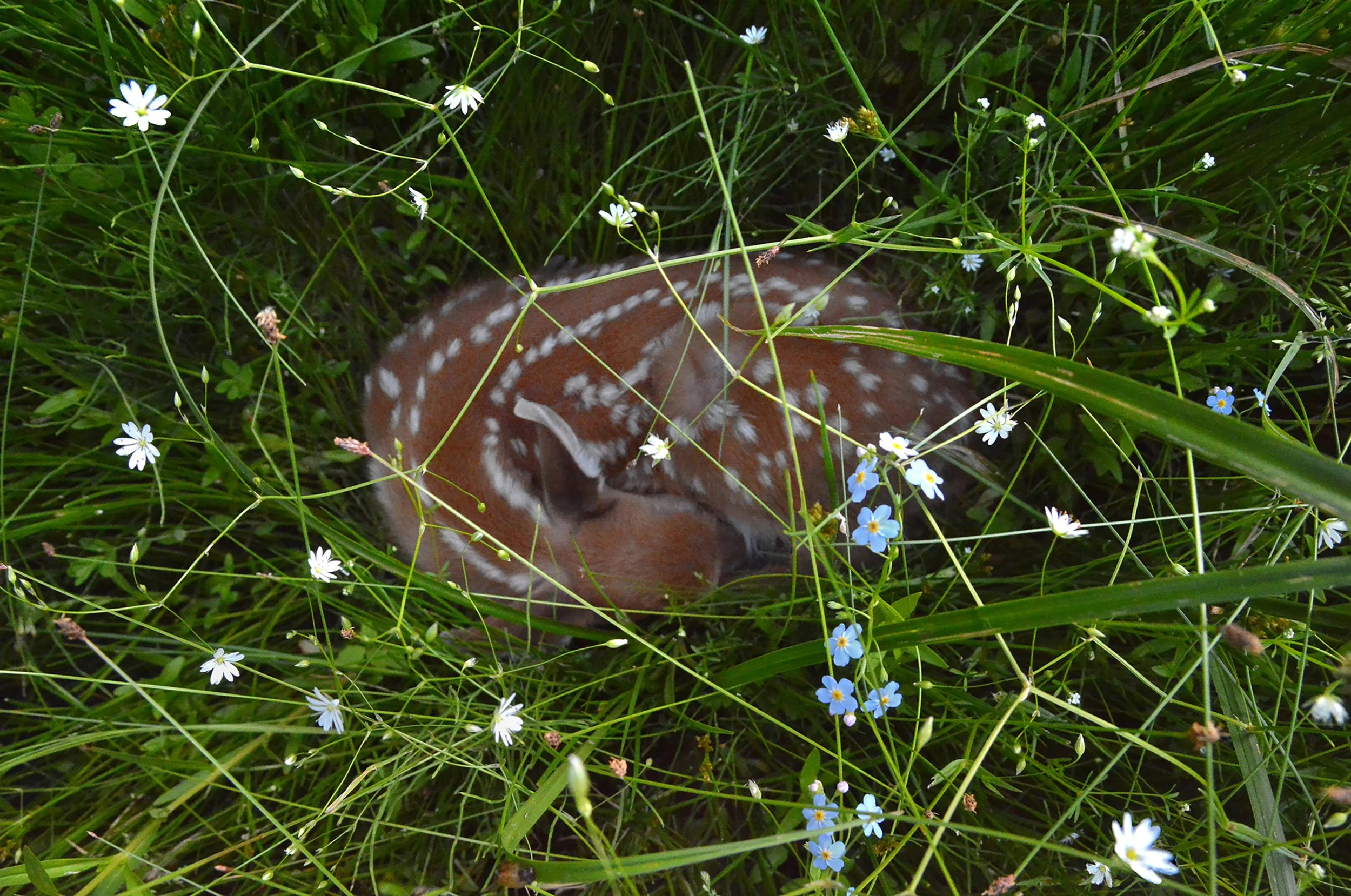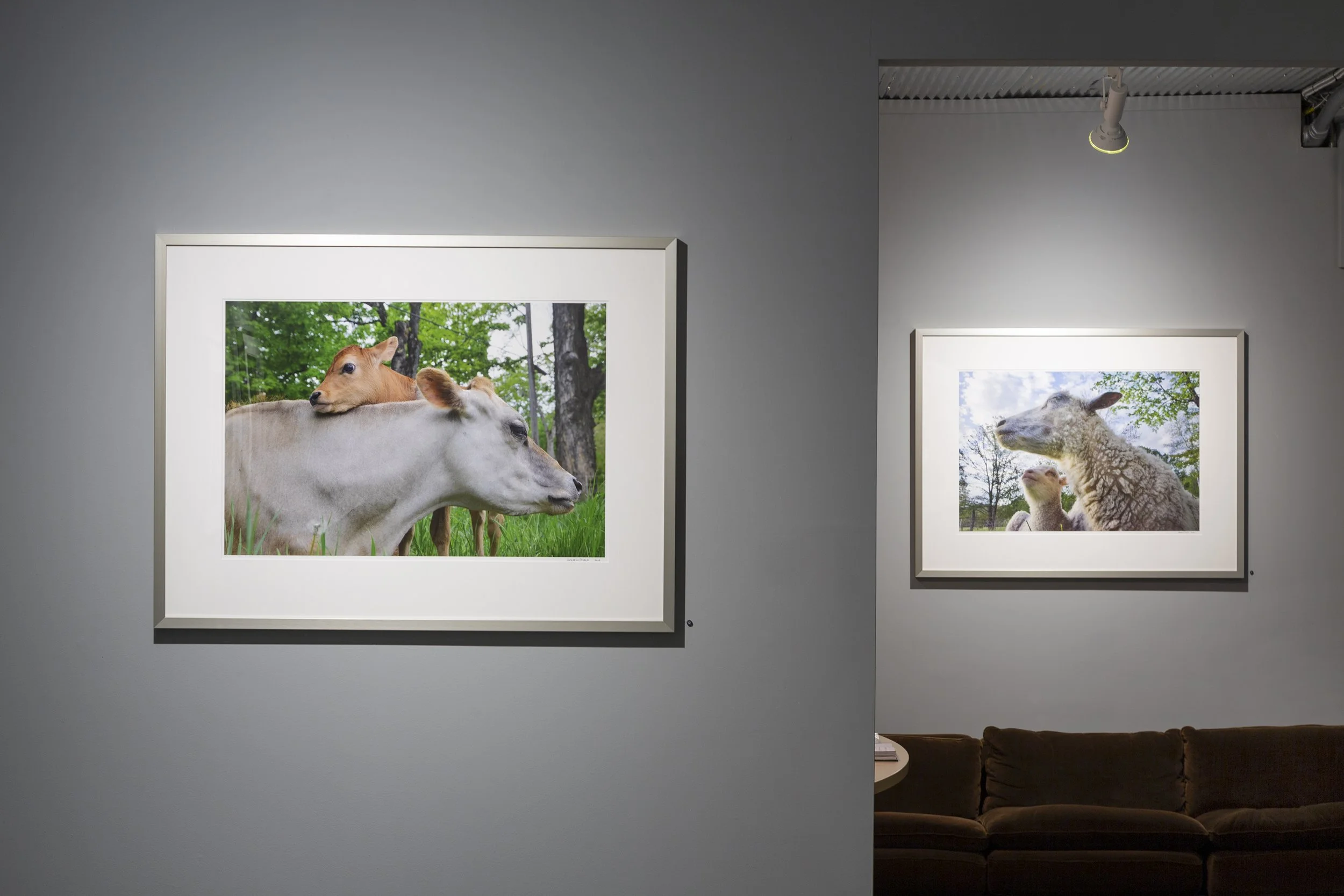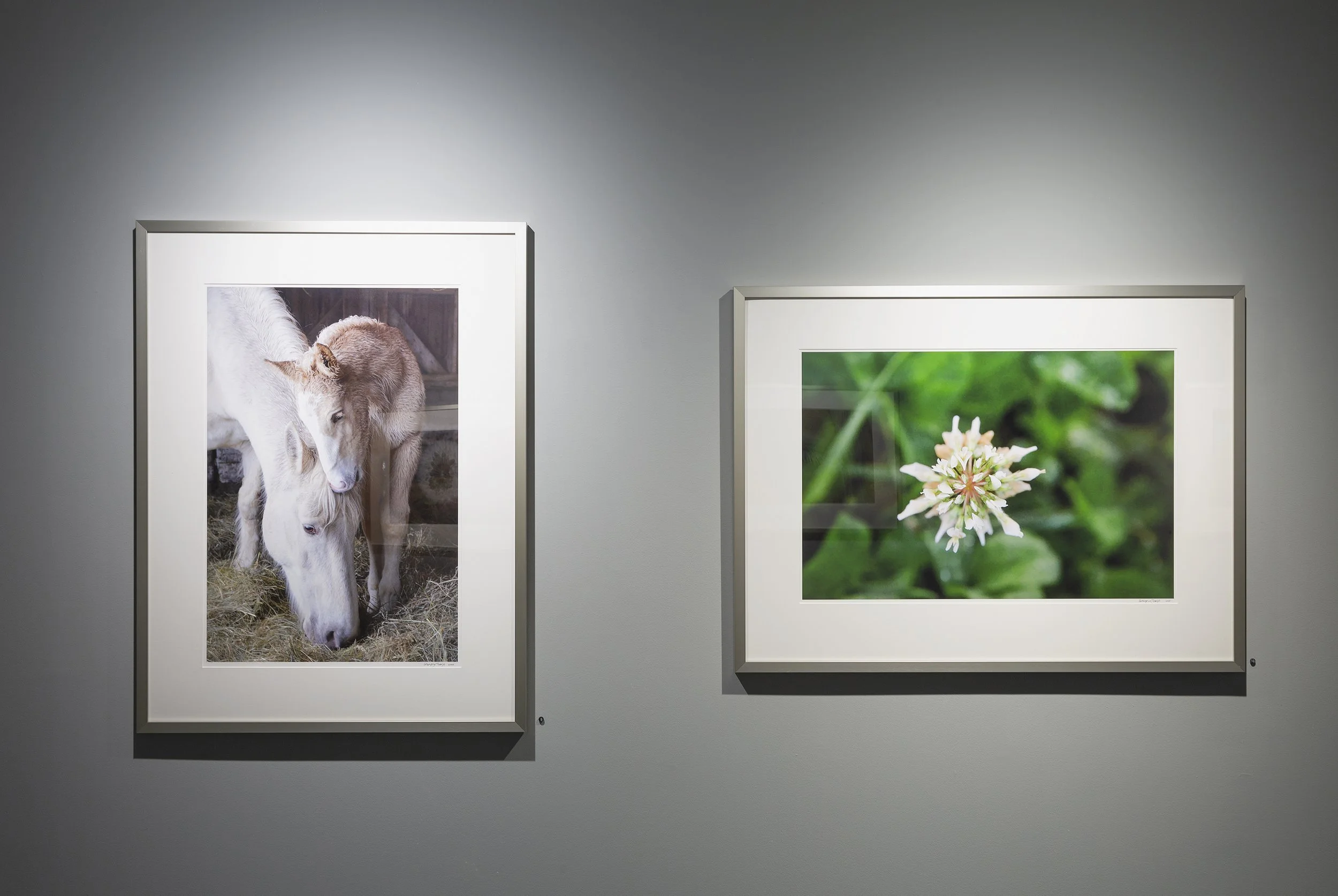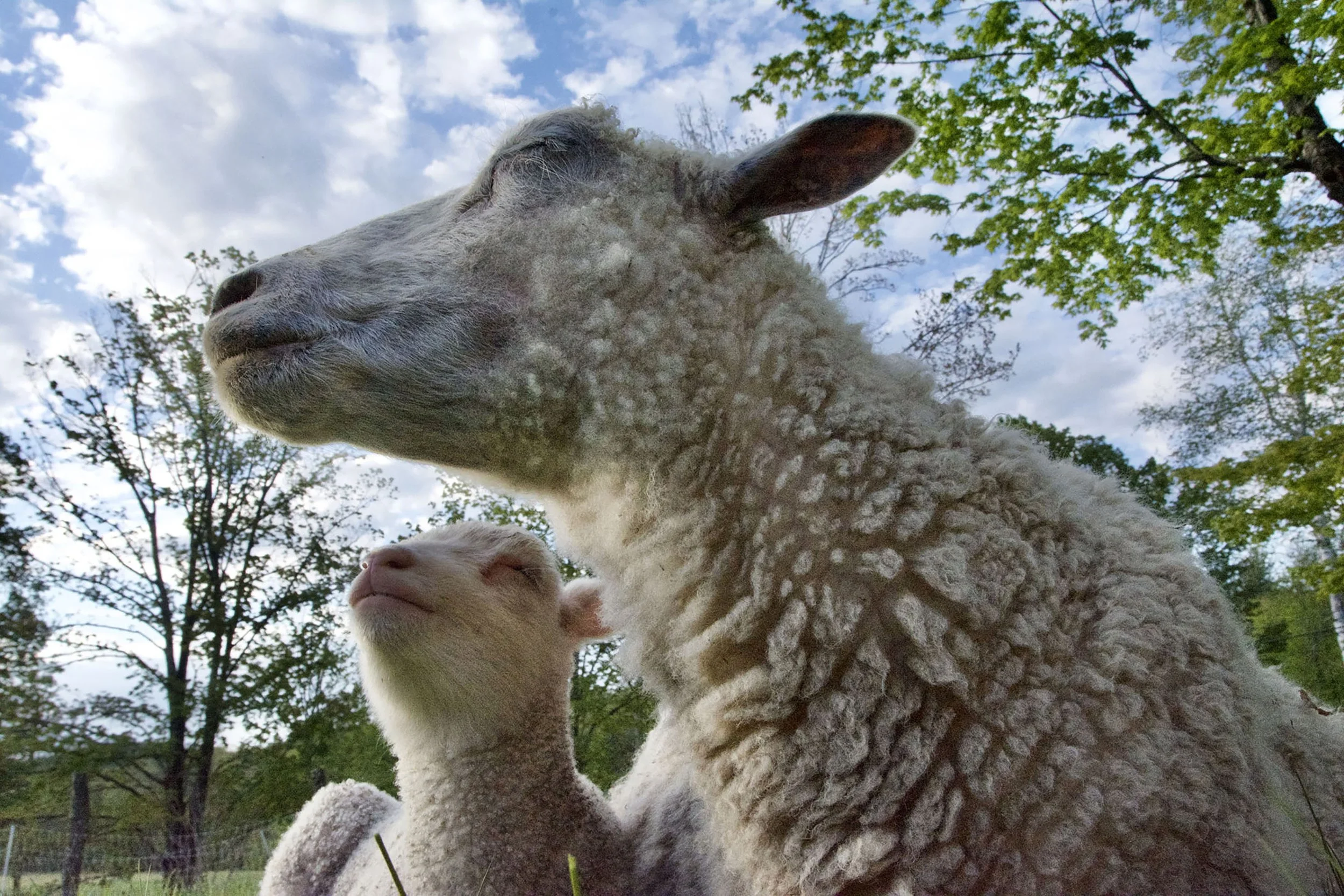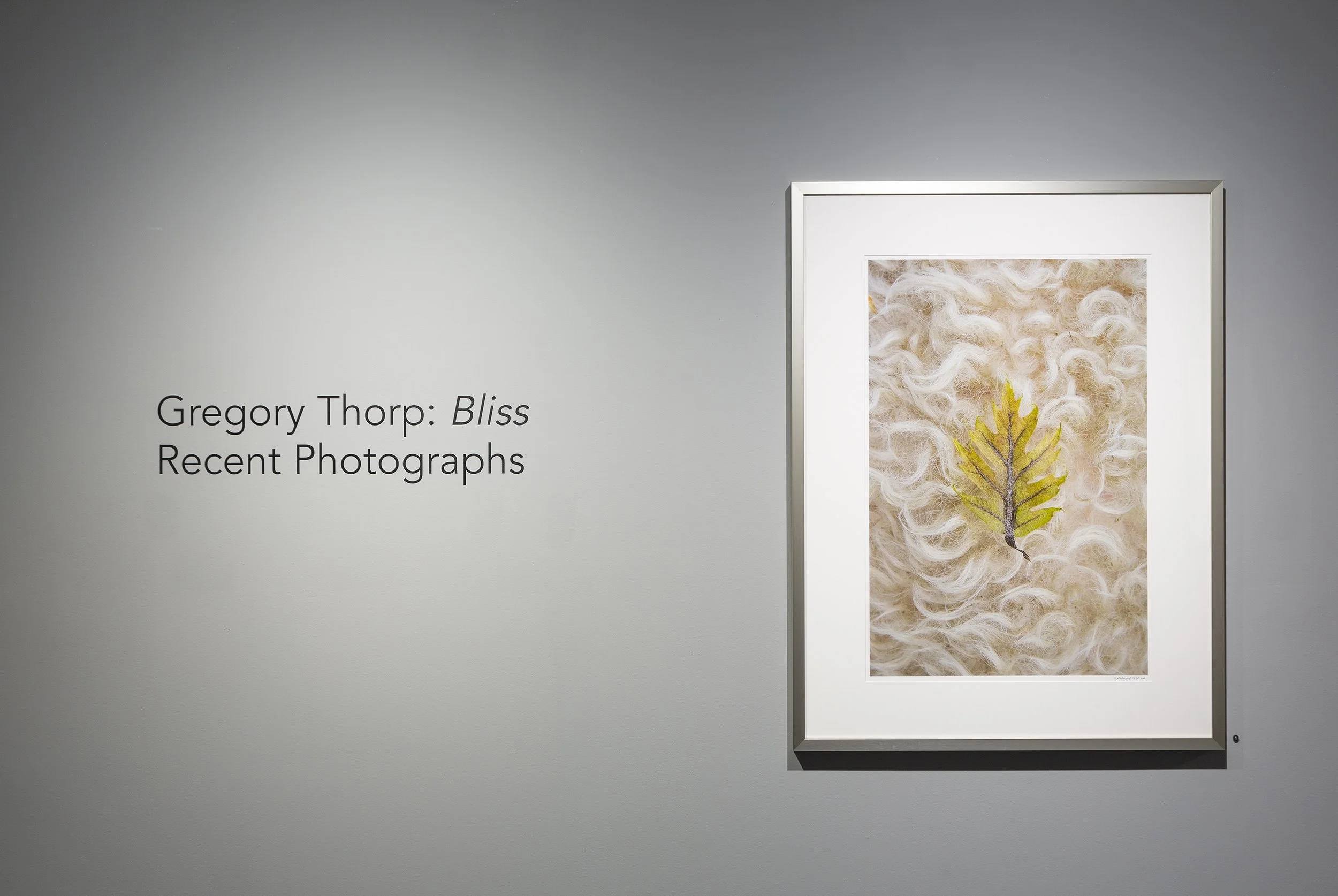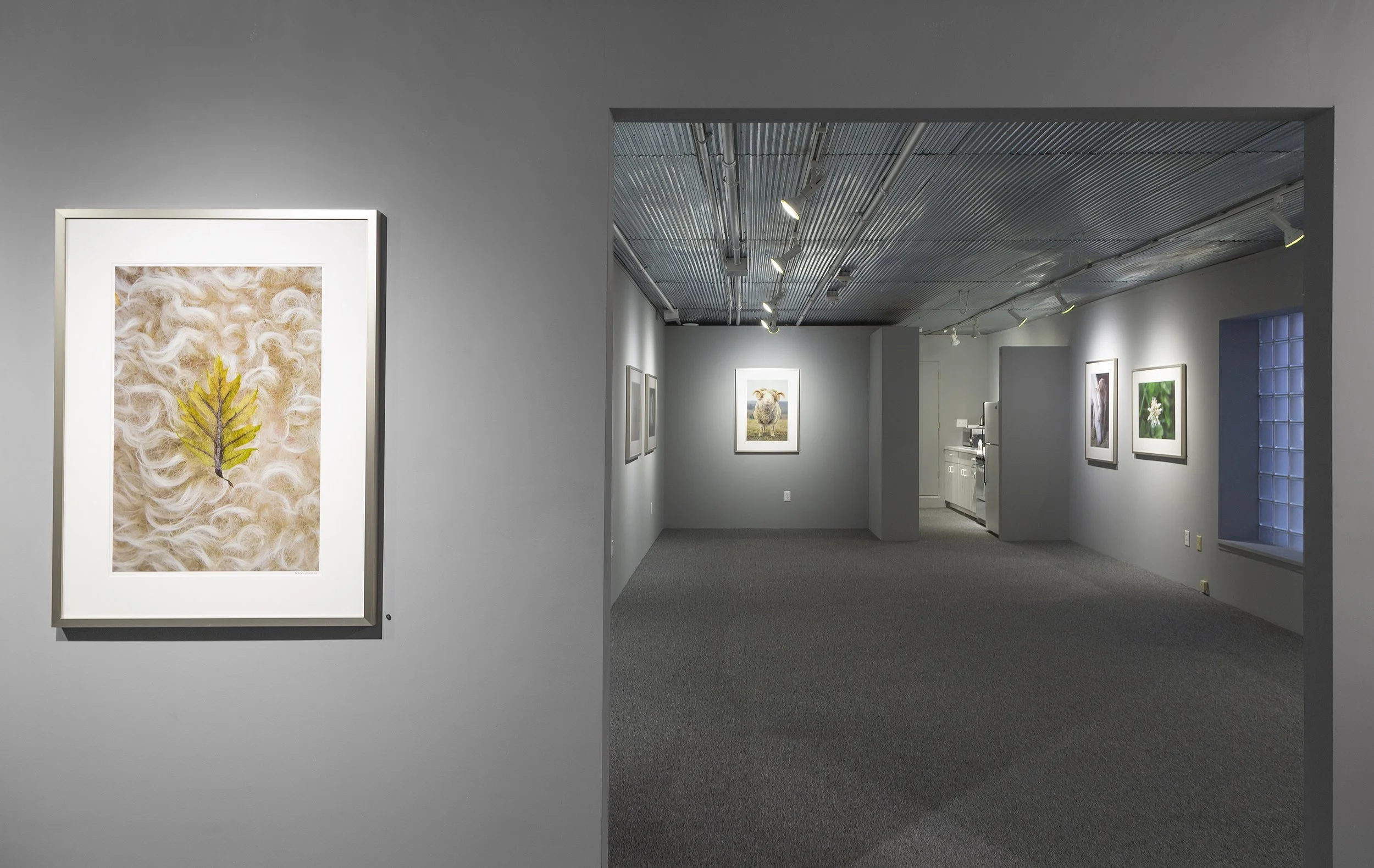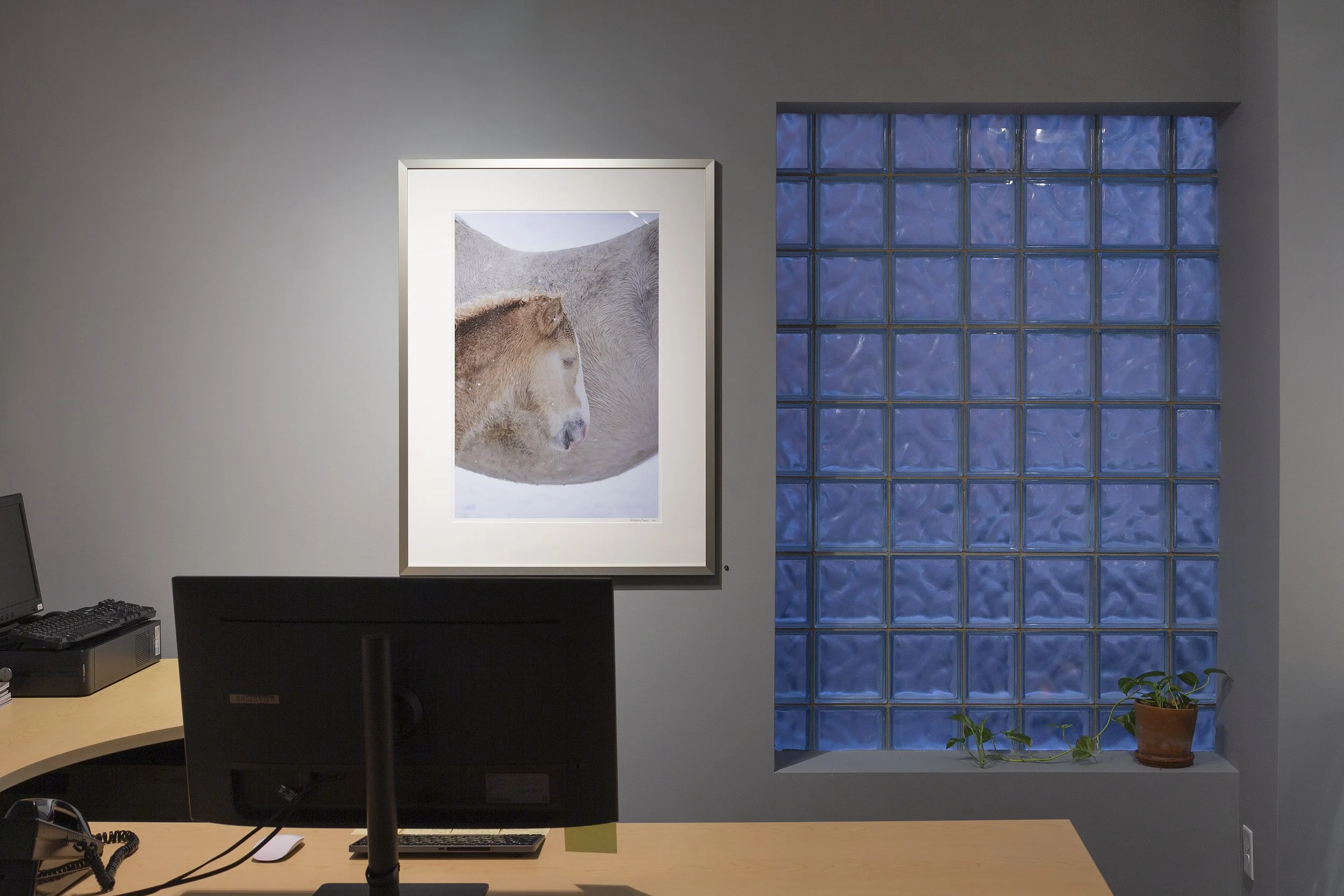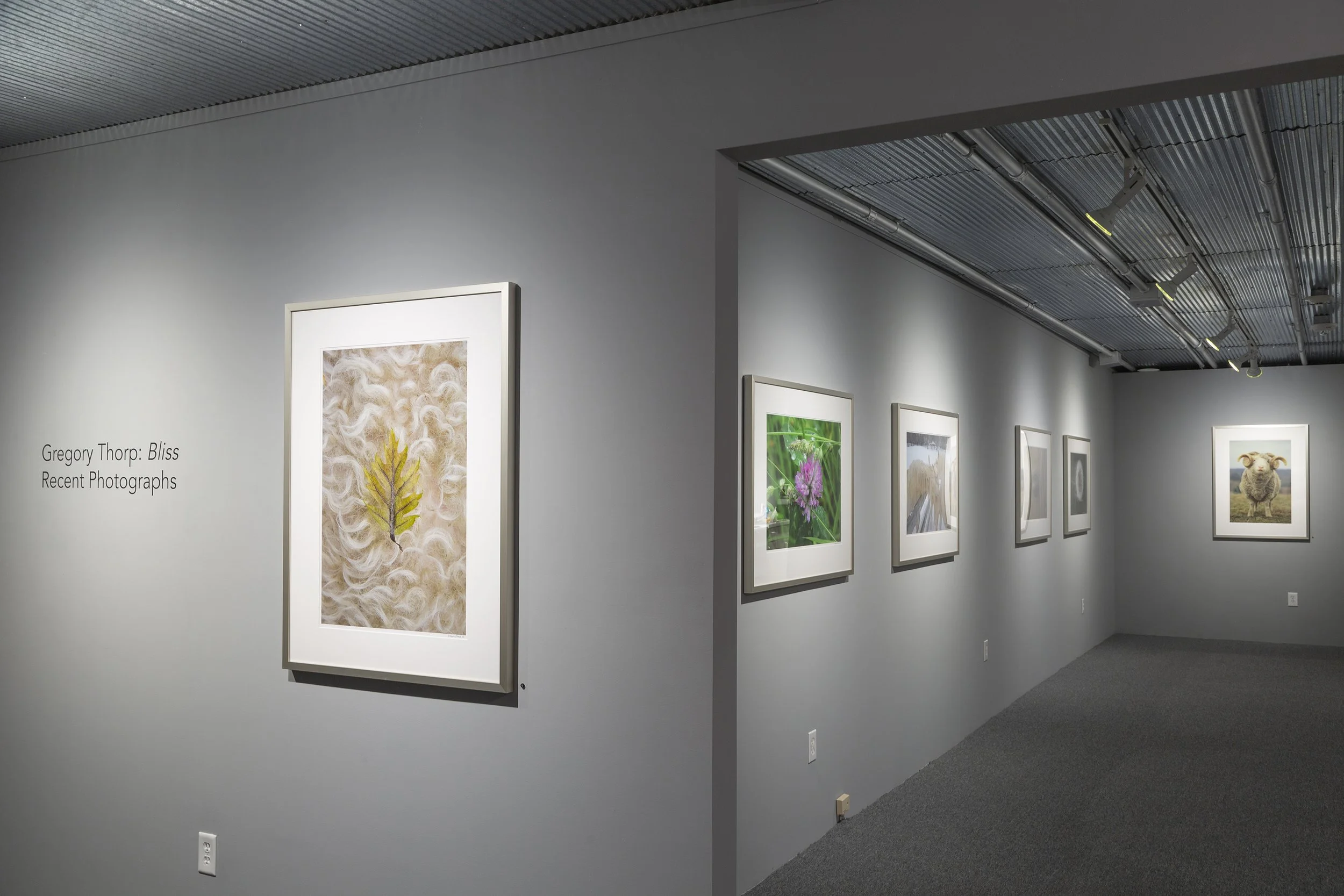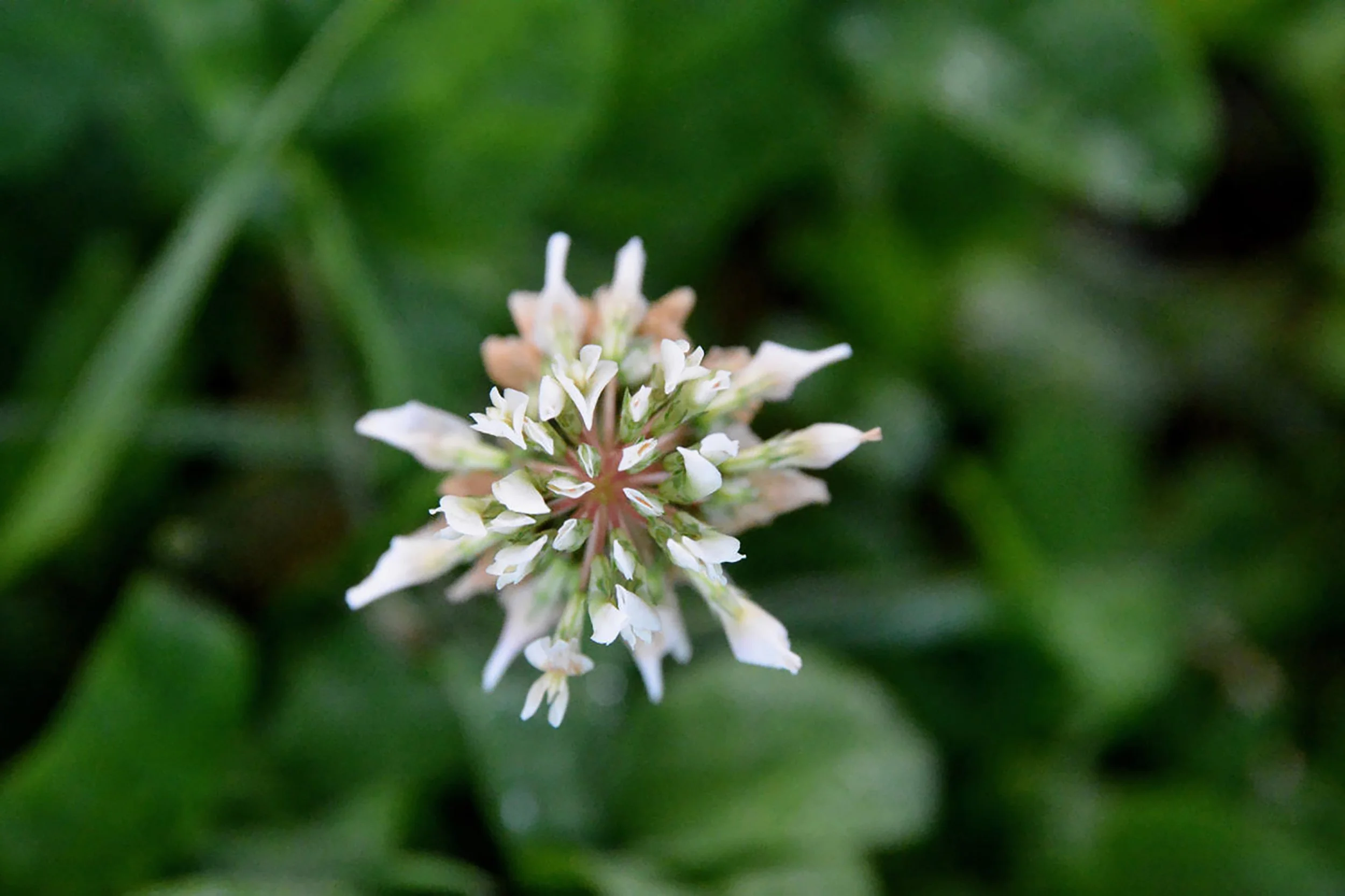YOKO ONO: Colours of the Globe
Solway Gallery presents Yoko Ono: Colours of the Globe, an exhibition of multiples and ephemera from 1966 - 2014.
Yoko Ono was a key figure in the 1960s and the 1970s, playing a central role in the international, avant-garde Fluxus group and the Feminist Art movement, developing legendary works like her performance Cut Piece, and her foundational book of instructions, Grapefruit, in 1964.
Her practice was dedicated to the recognition of feminism not only in the United States but also in Japan; her performances often directly addressed gender-related violence and confronted the patriarchal values of mainstream society.
Colours of the Globe will highlight her profound approach to language and participation, and her paradigm-shifting influence on contemporary art history. It will include a selection of additional works by Fluxus artists Nam June Paik, John Cage, George Maciunas, Al Hansen, and Emmett Williams.
Yoko Ono (born February 18, 1933, Tokyo, Japan) is a pioneering multidisciplinary artist, award-winning musician, and lifelong activist for peace.
Ono’s work continues to be honored with numerous exhibitions in some of the world’s most prestigious institutions, including The Museum of Modern Art in New York (2015) and Tate Modern in London (2024).
Opening November 8, 2025, MUSAC—Museo de Arte Contemporáneo de Castilla y León— will present a wide-ranging survey of Yoko Ono’s practice, assembling more than seventy works across approximately 1,700 square meters to trace a career that moves fluently between performance, conceptual and participatory art, film, sound, installation, painting, and photography.
Other upcoming exhibitions and projects include: Yoko Ono: Music of the Mind, slated to open on October 18 at the Museum of Contemporary Art Chicago, and her current installation-in-progress at the John F. Kennedy Airport in New York City.
GREGORY THORP: BLISS
Recent Photographs
“Let me tell you something about me and the camera. It is a miracle that I found this way through the visible world. I can make photographs.
I’m grateful for the moment 55 years ago, when I stepped into the rotunda of the Cincinnati Union Terminal. I was on foot, 850 miles from my home in Vermont. I felt drawn immediately to the art and history in those walls. Photography was the perfect instrument to interrogate the building. I learned the train station was threatened with demolition. Over years, the citizenry in an ever-widening circle, answered all my questions and more. In the process, Carl Solway introduced me to the art world.
Likewise, when I took steps down an icy ladder to the deck of an Ohio River towboat, I was intent to see a new world. River industry was my habitat for years of photography.
And when I sat in a field of waist-high corn, the pure green in a leaf called for celebration. I wanted others to see corn in the same essential way. The effects of season change expanded my pallet. I knew there was more to capture in the cornfields. The quiet is vast and reliable.That’s why I kept at it.
When I was drawn to livestock, I was at home with the camera. The instrument had become an extension of my hands.
What kind of hunger is the human quest to see? A hawk patiently circles overhead and then strikes the mouse in the field. The payoff is a full belly. No hawk overhead wishes for more wonder in the way that humans do. Animals seize their prey, but humans seize upon The Moment. The photo capture becomes the opportunity to share discovery, reflection, and wonder. The act of halting time and movement, even for a thousandth of a second, can make a moment unexpectedly intense. Is this a moment of bliss?
- Gregory Thorp, 2025
GREGORY THORP (b. 1946) resides in Ashfield, Massachusetts. Thorp’s photographs have been published in numerous magazines including Smithsonian, The New York Times Magazine, Modern Photography, Popular Photography, Camera 35, Cincinnati Magazine and Ohio Magazine. In 2006, he published A Year of Corn: Photography by Gregory Thorp. His work is familiar to Cincinnati audiences through his long-term association with Solway Gallery, his extensive documentation of the art and architecture of Union Terminal, his commissioned photographs of the barge industry for Ohio River Company and the large collection of his work on view at the law firm, Strauss & Troy, Inc, and in the collection of Katz Teller, Cincinnati.
